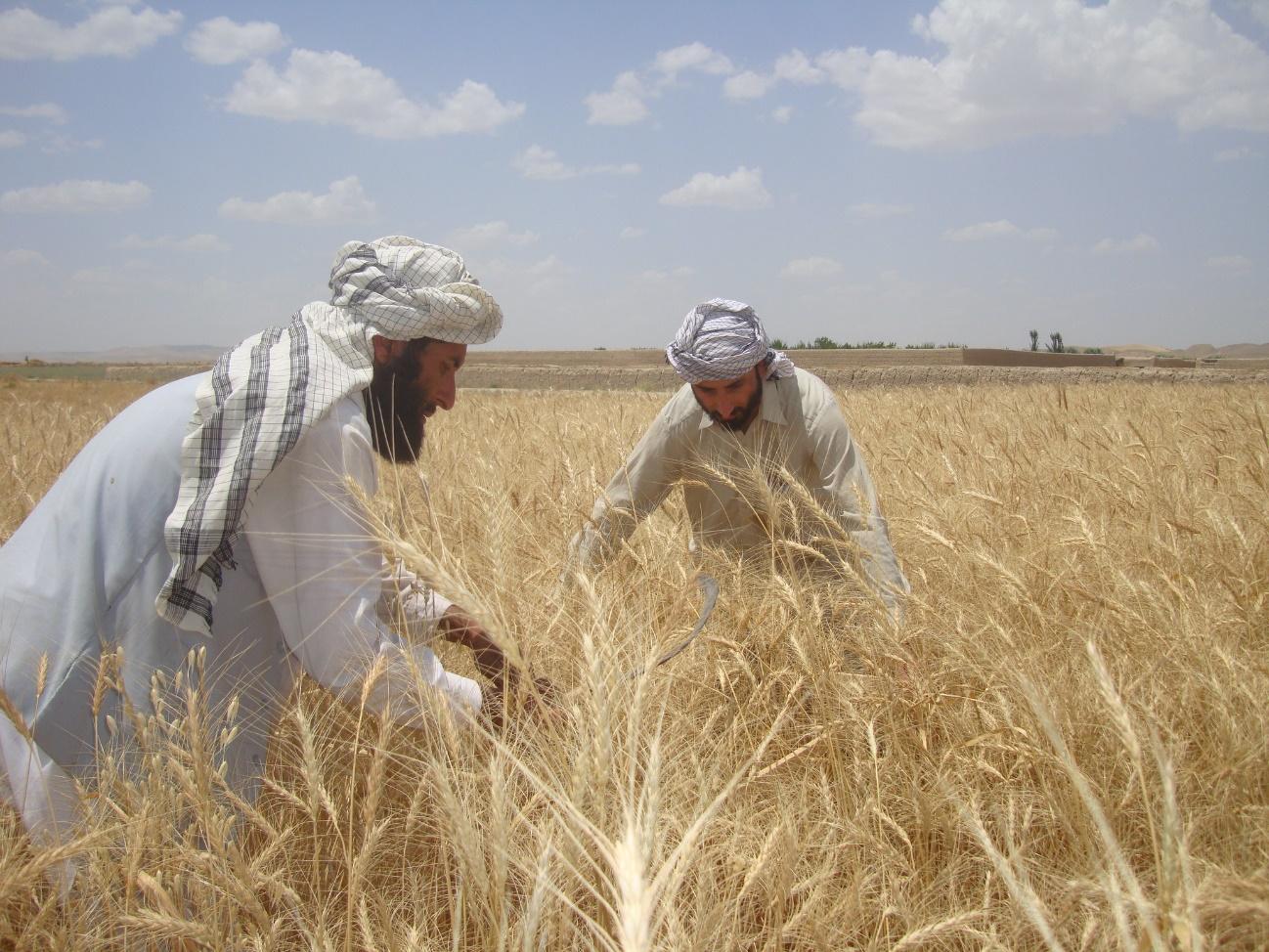The economic disruptions brought about by war, price inflation, and the lingering effects of a global pandemic combined to make 2023 a challenging year for worldwide food security. Unfortunately, these same conditions are lingering on this year, resulting in governments and aid agencies predicting problems with meeting the world’s 2024 food security and nutrition needs.
“In 2024, food security is likely to remain one of the critical challenges for the world to face,” four World Bank analysts said in a blog post published at the end of January. Their article attempts to distill findings from the Bank’s latest World Food Security Outlook report. That report says nutrition and food security conditions in several countries stabilized somewhat toward the end of last year but warns of widening income gaps that could reverse any progress that might be achieved.
Some forecasters fear conditions may worsen compared to the end of last year. The reasons behind their worries underscore the need for more innovation in food production, especially discovering innovative ways to help smallholder farmers—those most directly facing these threats—cope in ways that make their farms more productive and resilient. Grow Further’s research into various expert food security forecasts reveals that this year the world faces three major challenges to delivering adequate food and nutrition to everyone.
Inflation, inflation…
The first challenge is that food prices are expected to continue rising this year, albeit not as quickly as we’ve seen in the recent past.
The United States Department of Agriculture reports that food prices increased at a brisk pace in 2023. USDA says we should expect more of the same for 2024 though not as bad. In other words, the agency believes food price increases won’t be as punishing as they have been in the past, but that will be of little comfort to consumers feeling the sting since food costs aren’t expected to fall either. “In 2024, all food prices are predicted to increase 1.3 percent,” USDA economists say in a January report. That’s better than the average 5.8 percent cost increases USDA reported for 2023, but it could be worse if conflict spreads from Gaza to other parts of the Middle East.
Avoiding further food cost inflation or even bringing food prices down will require farmers to grow more food in increasingly volatile climates—both of the geopolitical variety and the other kind driven by global warming. This brings us to the next threat to food security in 2024.
Uncooperative weather
The El Niño-Southern Oscillation, or ENSO as meteorologists know it, is an irregular pattern of fluctuations in the surface temperature of a vast swath of the southern Pacific Ocean. El Niño holds tremendous influence over global weather patterns. The forecast calls for a strong El Niño event for the first half of 2024. This will likely deliver more droughts to places where farmers are the least equipped to deal with them, including most of sub-Saharan Africa and large portions of Latin America and the Caribbean. Other farmers will see flooding.
The Famine Early Warning Systems Network (FEWS NET) run by USAID warns that a strong El Niño could deliver punishing rains to parts of East Africa and Afghanistan, flooding that could damage farms. In a report dated January 26, FEWS NET says weather patterns already show some improvement in drought conditions in some countries, but hard rains and floods in others. Meanwhile, a heat wave was reported hitting the southern end of the continent. “Abnormal heat is forecasted for much of Namibia, Botswana, and west and central South Africa,” FEWS NET analysts said.
While El Niño will likely challenge smallholder farmers with droughts and flooding, experts do not believe ENSO will be the main driving force pushing grain prices higher this year. This brings us to the third major challenge to food security in 2024—global conflict.
Growing food in the middle of ongoing wars
Russia’s invasion of Ukraine famously propelled wheat prices higher, but armed strife is hitting farmers in multiple parts of the world.
The United Nations Food and Agriculture Organization (FAO) and the World Food Program (WFP) identified 18 “hunger hotspots” to watch carefully in 2024. Their hunger hotspots include 22 countries where FAO and WFP see political and armed strife disrupting farming. That could lead to millions facing hunger.
Where are these hunger hotspots? WFP and FAO place Mali, Sudan, South Sudan, and Burkina Faso at their “highest concern level” due to deteriorating security conditions. And for the first time, Palestine was added to the agencies’ hunger hotspot list because of the war in Gaza. The agencies are also fretting about 2024 food security in much of sub-Saharan Africa, Yemen, and Pakistan. “All these hotspots have a high number of people facing or projected to face critical levels of acute food insecurity, coupled with worsening drivers that are expected to further intensify life-threatening conditions in the coming months,” the food agencies report.
There is little smallholder farmers can do to stop global food cost inflation, climate change, and war, but they can prepare and adapt. This year, Grow Further will continue our search for partners to help small-scale farmers become more resilient to food security threats wherever and however they may arise.
— Grow Further
Photo credit: Wheat farmers in Balkh, Afghanistan. USAID.




